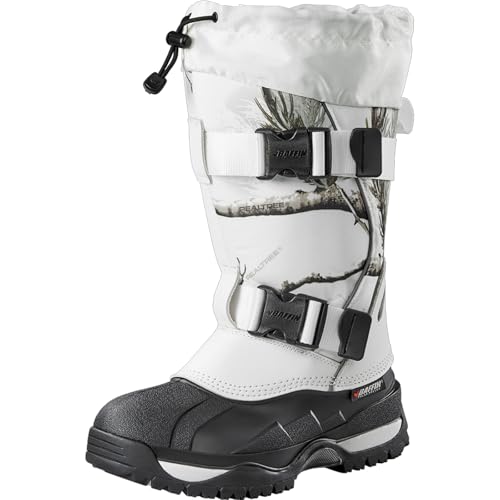Snowshoe Size Chart
| Category | Body Weight (lbs) | Shoe Size (Men) | Shoe Size (Women) | Deck Size (inches) | Recommended Use |
|---|
This tool will dynamically display the correct snowshoe size information based on weight and snow conditions.
Looking for the perfect fit? Check Out These Best-Selling Snowshoe.
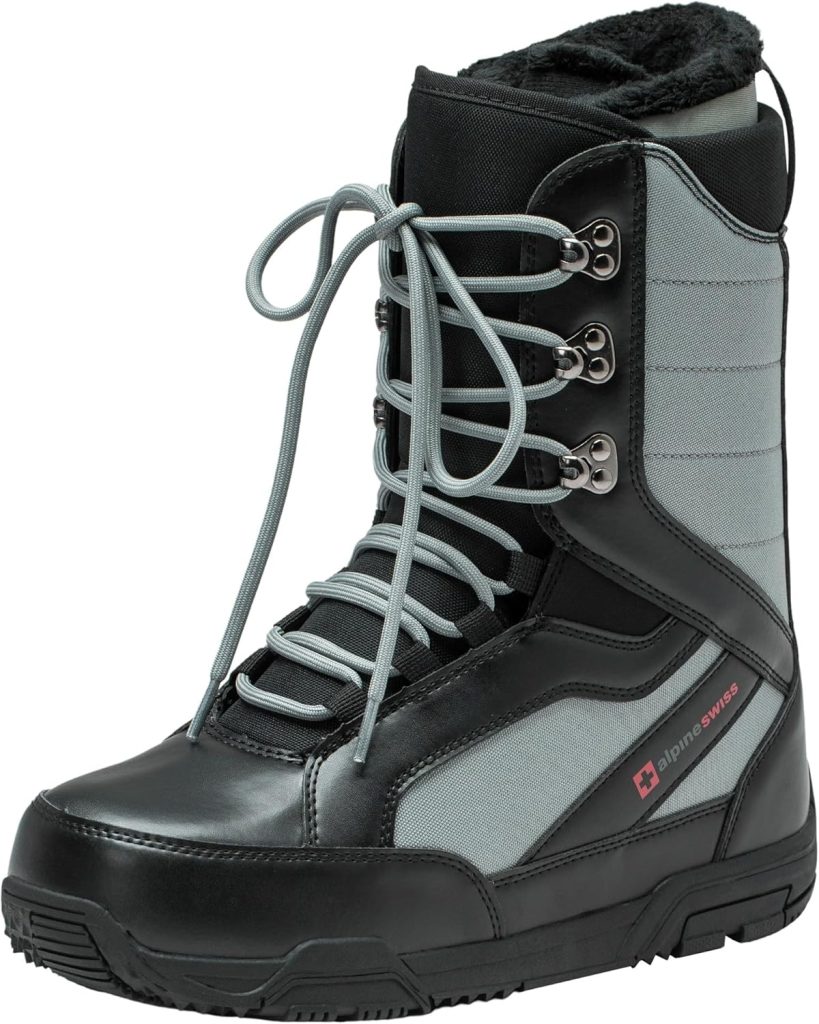
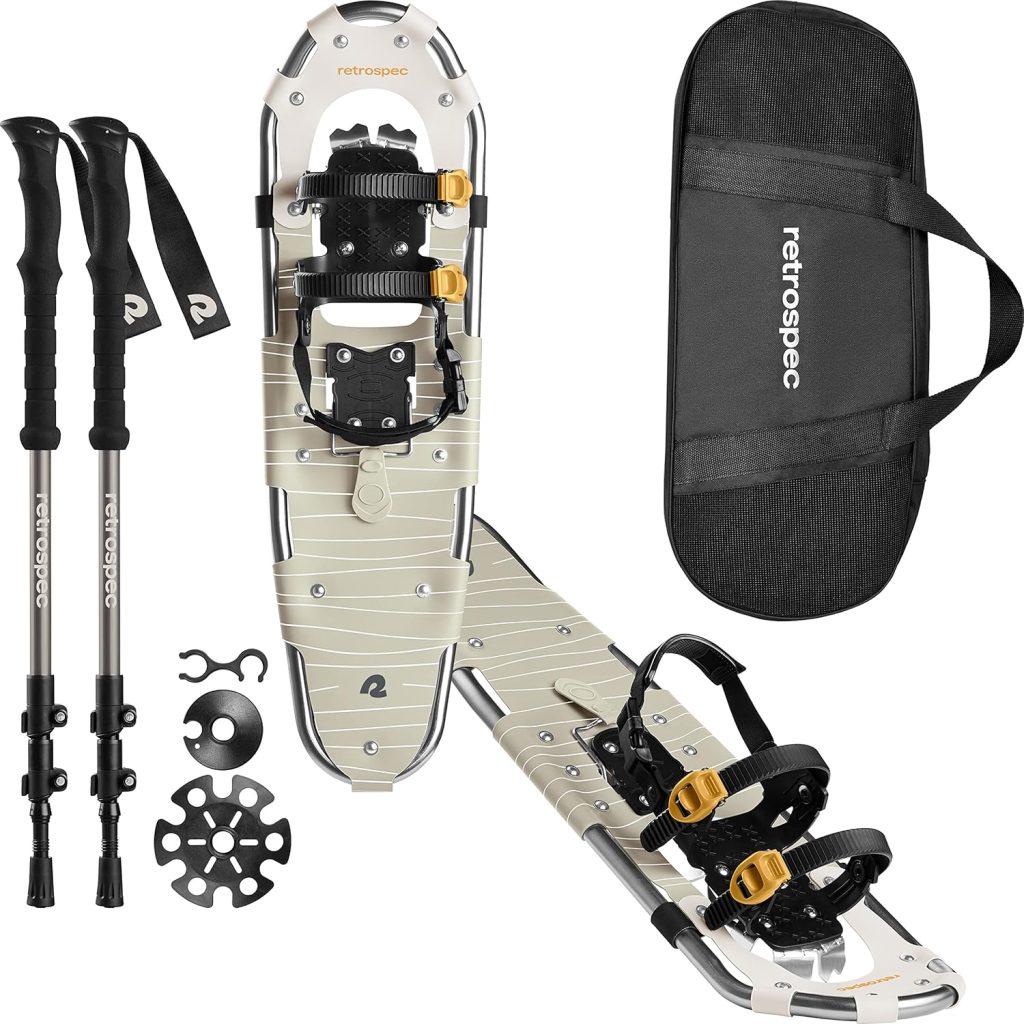
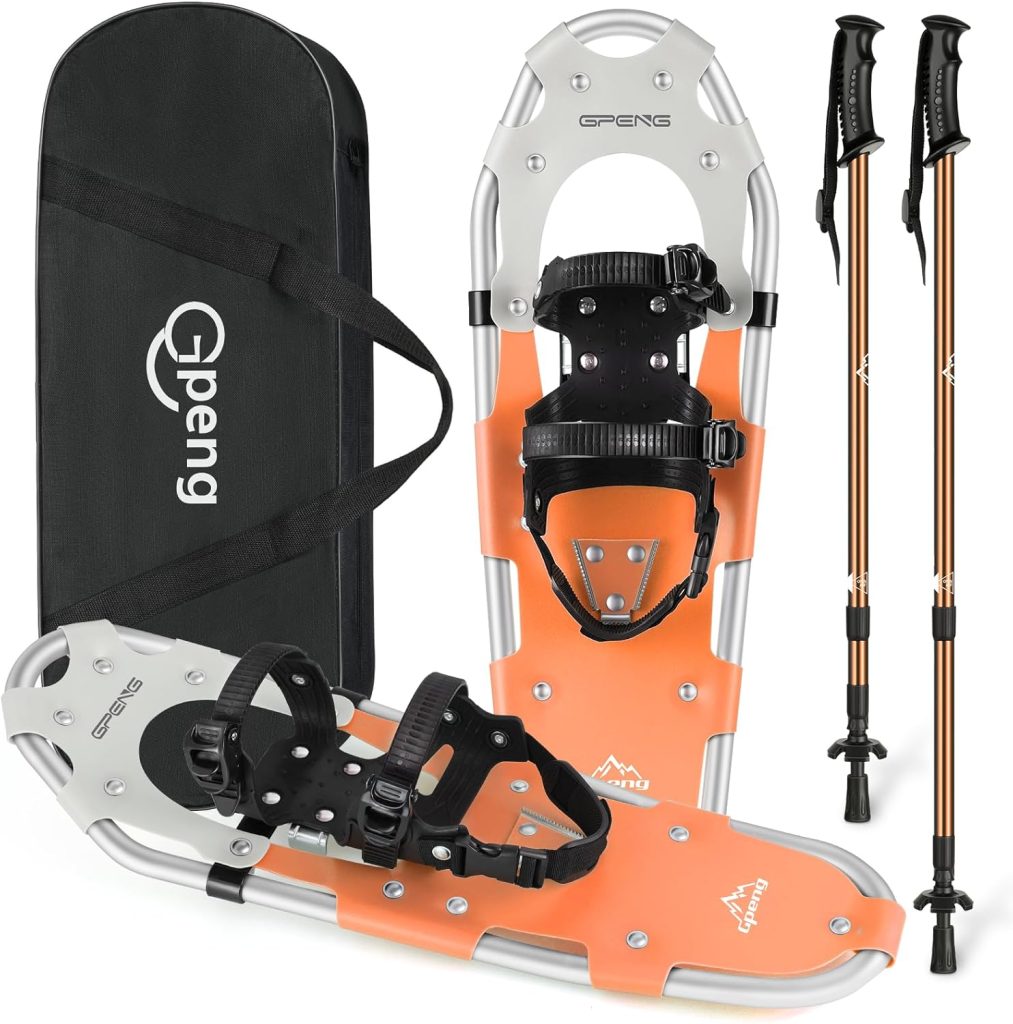
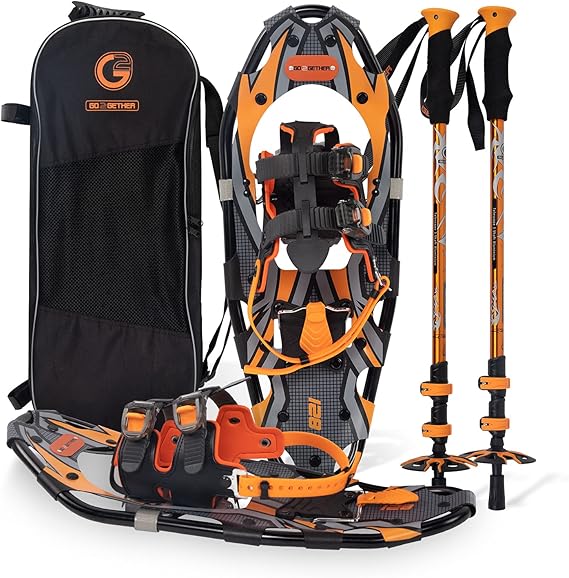
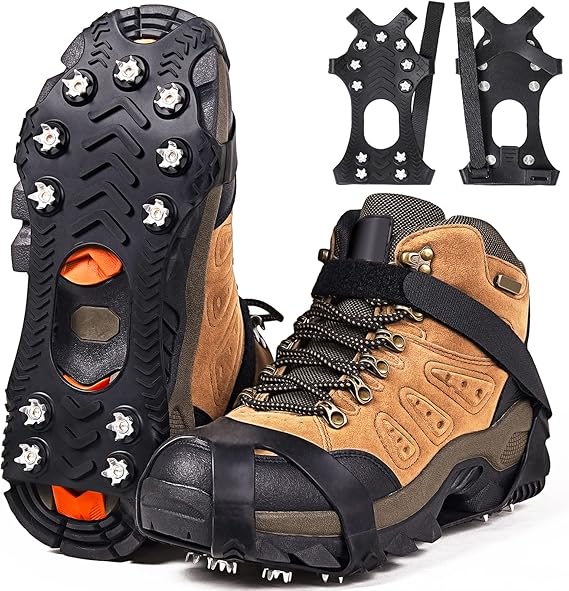
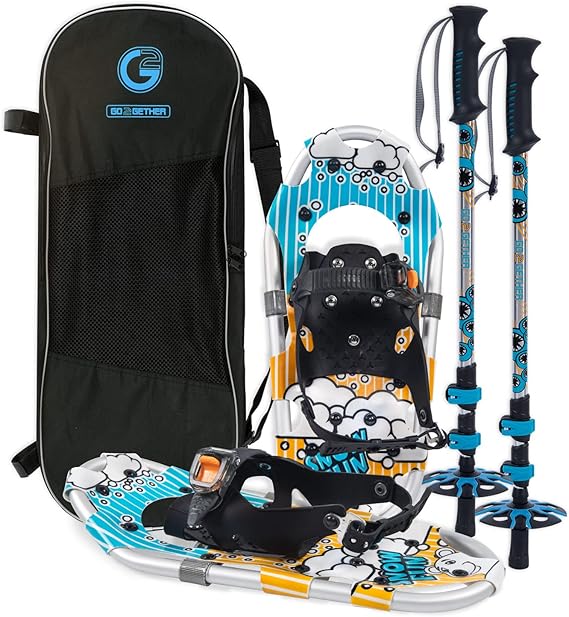
Here’s a Snowshoe Size Chart that provides a detailed guide to help you select the appropriate snowshoe size based on factors like body weight, shoe size, and snow conditions.
Snowshoe Size Chart
| Category | Body Weight (lbs) | Shoe Size (US Men) | Shoe Size (US Women) | Deck Size (inches) | Recommended Use |
|---|---|---|---|---|---|
| Kids/Youth Snowshoes | 30 – 80 lbs | Kids 1 – 7 | Kids 1 – 7 | 15″ – 22″ | Ideal for children or youth for recreational use in light snow and groomed trails. |
| Small (Up to 150 lbs) | 80 – 150 lbs | 3 – 8 | 5 – 9 | 22″ – 25″ | Designed for light snow and groomed trails; best for people with smaller builds and lighter loads. |
| Medium (Up to 200 lbs) | 130 – 200 lbs | 7 – 10 | 8 – 11 | 25″ – 30″ | Best for general hiking, light powder snow, and non-extreme conditions. |
| Large (Up to 250 lbs) | 180 – 250 lbs | 10 – 12 | 11 – 13 | 30″ – 36″ | Suitable for deeper snow, backcountry exploration, and carrying heavier loads. |
| Extra-Large (250+ lbs) | 230 lbs and above | 12+ | 13+ | 36″ – 40″ | Ideal for heavy loads or deep snow conditions in challenging terrain and backcountry settings. |
| Oversized (For Deep Snow) | 250+ lbs | 12+ | 13+ | 40″ and up | Best for extremely deep powder snow and backcountry areas. These are designed for users who need maximum flotation in soft snow. |
Kids/Youth Snowshoes (30 – 80 lbs)
- Recommended For: Children and Youth
- Body Weight: 30 – 80 lbs
- Shoe Size: Kids 1 – 7
- Deck Size: 15″ – 22″
- Recommended Use: These snowshoes are perfect for younger kids or light adults. They are intended for recreational use on groomed trails and in light snow. These are smaller and lightweight, making it easy for children to walk in.
Small Snowshoes (Up to 150 lbs)
- Recommended For: Small Adults, Light Loads
- Body Weight: 80 – 150 lbs
- Shoe Size: Men 3 – 8, Women 5 – 9
- Deck Size: 22″ – 25″
- Recommended Use: Small snowshoes are designed for lighter users or those looking to use them in well-groomed trails or for light snow conditions. These snowshoes provide the right amount of flotation on packed snow.
Medium Snowshoes (Up to 200 lbs)
- Recommended For: Average Adults, General Hiking
- Body Weight: 130 – 200 lbs
- Shoe Size: Men 7 – 10, Women 8 – 11
- Deck Size: 25″ – 30″
- Recommended Use: Medium snowshoes are great for general snow hiking, offering a balance between flotation and maneuverability. These snowshoes are good for a variety of snow conditions, including light powder and groomed trails.
Large Snowshoes (Up to 250 lbs)
- Recommended For: Larger Adults, Heavier Loads
- Body Weight: 180 – 250 lbs
- Shoe Size: Men 10 – 12, Women 11 – 13
- Deck Size: 30″ – 36″
- Recommended Use: Large snowshoes are designed for users who weigh more or for those who plan to hike in deeper snow or carry heavier loads. These are perfect for backcountry snowshoeing or hiking on less-traveled paths.
Extra-Large Snowshoes (250+ lbs)
- Recommended For: Heavy Loads, Backcountry Use
- Body Weight: 230 lbs and above
- Shoe Size: Men 12+, Women 13+
- Deck Size: 36″ – 40″
- Recommended Use: Extra-large snowshoes are for people who weigh more and need more flotation in soft or deep powder snow. These are best used for challenging terrain and deep backcountry snow.
Oversized Snowshoes (For Deep Snow)
- Recommended For: Deep Powder, Extreme Conditions
- Body Weight: 250+ lbs
- Shoe Size: Men 12+, Women 13+
- Deck Size: 40″ and up
- Recommended Use: These oversized snowshoes are the ultimate in flotation and are designed specifically for very deep powder snow, typically used in backcountry settings. They are suitable for those carrying heavy gear or exploring challenging terrains.
How to Choose the Right Snowshoe Size:
- Body Weight: The weight of the user plays a critical role in determining the size of the snowshoe. Heavier users need larger snowshoes for better flotation in soft snow. Lighter users can opt for smaller sizes for better control and maneuverability.
- Shoe Size: Make sure the snowshoe’s binding system can accommodate your shoe size. Most snowshoes are adjustable to fit a wide range of sizes, but it’s good to check for comfort, especially if you have large or small feet.
- Snow Conditions: The type of snow you’ll be walking on is important. For hard, packed snow, smaller snowshoes are often sufficient. For deep, powdery snow, larger snowshoes will provide better flotation and prevent you from sinking too much.
- Activity Level and Terrain: If you’re planning on walking on groomed trails or flat terrain, smaller snowshoes might be enough. However, if you plan on backcountry exploration, larger, more aggressive designs will offer the necessary flotation and stability.
FAQs About Snowshoe Size Chart
1. How do I choose the right snowshoe size?
Snowshoe size depends on your weight (with gear), terrain, and snow conditions. Larger snowshoes provide better flotation in deep snow, while smaller ones offer more control on packed trails.
2. What are the standard snowshoe sizes?
- 21-25 inches → Best for lightweight users (80-160 lbs) or packed snow.
- 26-30 inches → Suitable for medium weight (160-220 lbs) in moderate snow.
- 30-36 inches → Ideal for heavier users (220+ lbs) or deep powder conditions.
3. Does body weight include gear?
Yes! Always consider your body weight plus gear (backpack, clothing, etc.) when selecting snowshoe size.
4. What size snowshoes should a beginner use?
Beginners should opt for a medium-sized snowshoe (25-30 inches), which provides a balance of flotation and maneuverability.
5. Are snowshoe sizes different for men and women?
Yes. Women’s snowshoes are typically narrower and lighter, while men’s are wider and longer to accommodate bigger boot sizes and weight.
6. What type of snow affects snowshoe size?
- Packed trails → Smaller snowshoes (21-25 inches) for better agility.
- Deep powder → Larger snowshoes (30-36 inches) for more flotation.
7. Can I use the same snowshoes for all terrains?
Some snowshoes are all-terrain, but models with aggressive crampons and sturdy frames work better for steep or icy conditions.
8. Do kids need special snowshoes?
Yes! Kids’ snowshoes are typically 14-20 inches and designed for lightweight users under 100 lbs.
9. How do I adjust snowshoes for different boots?
Most snowshoes have adjustable bindings that fit various boot sizes. Ensure your boots fit snugly but allow some movement.
10. What happens if I use the wrong size snowshoes?
- Too small: You’ll sink into deep snow (poor flotation).
- Too large: Harder to walk, especially on packed or steep trails.
Conclusion
Choosing the right snowshoe size ensures better flotation, stability, and comfort on winter trails. Always consider your weight, snow conditions, and terrain for the best performance. Happy snowshoeing! ❄️🥾



